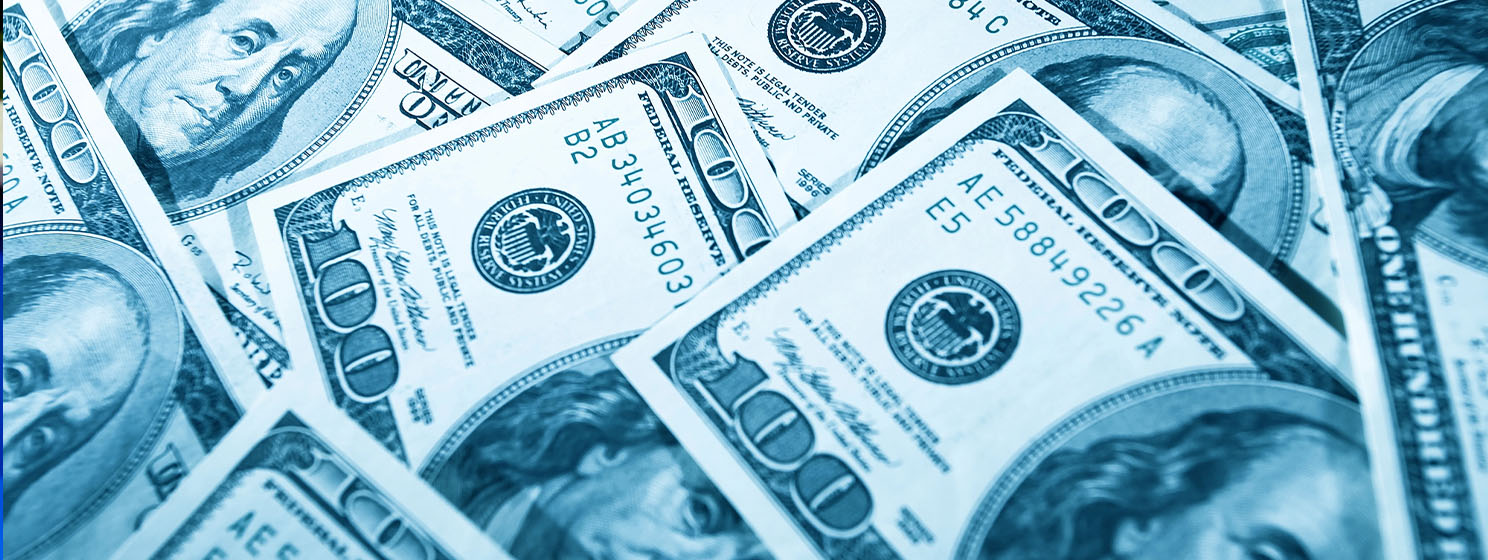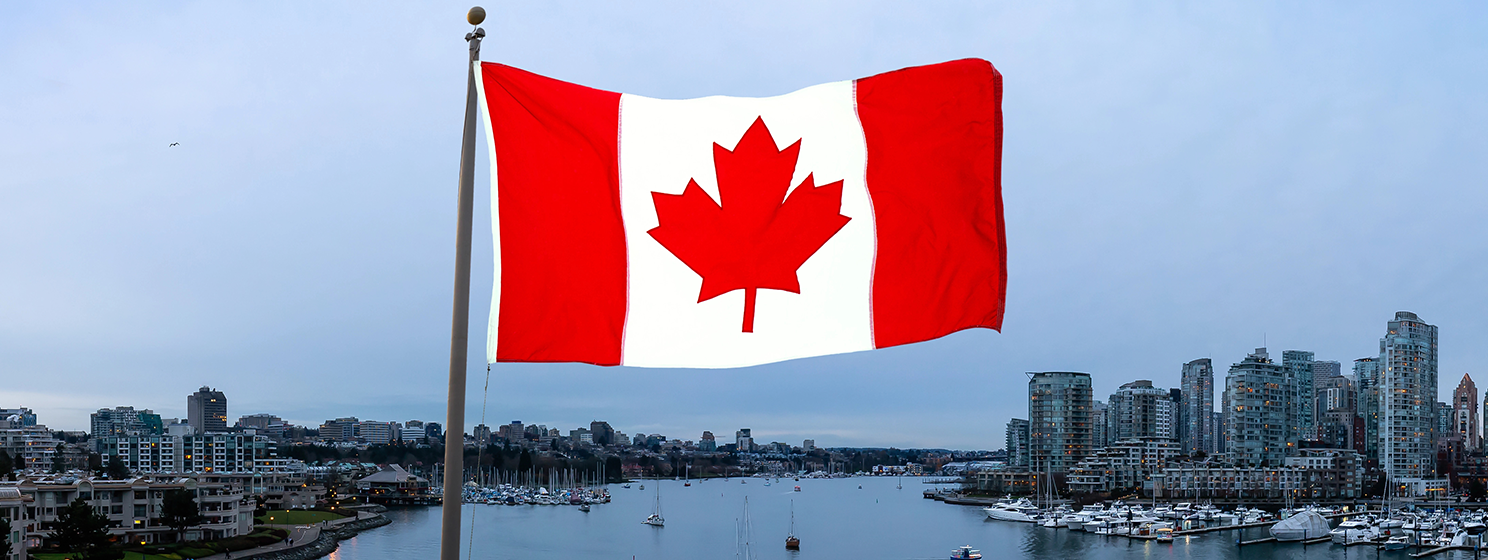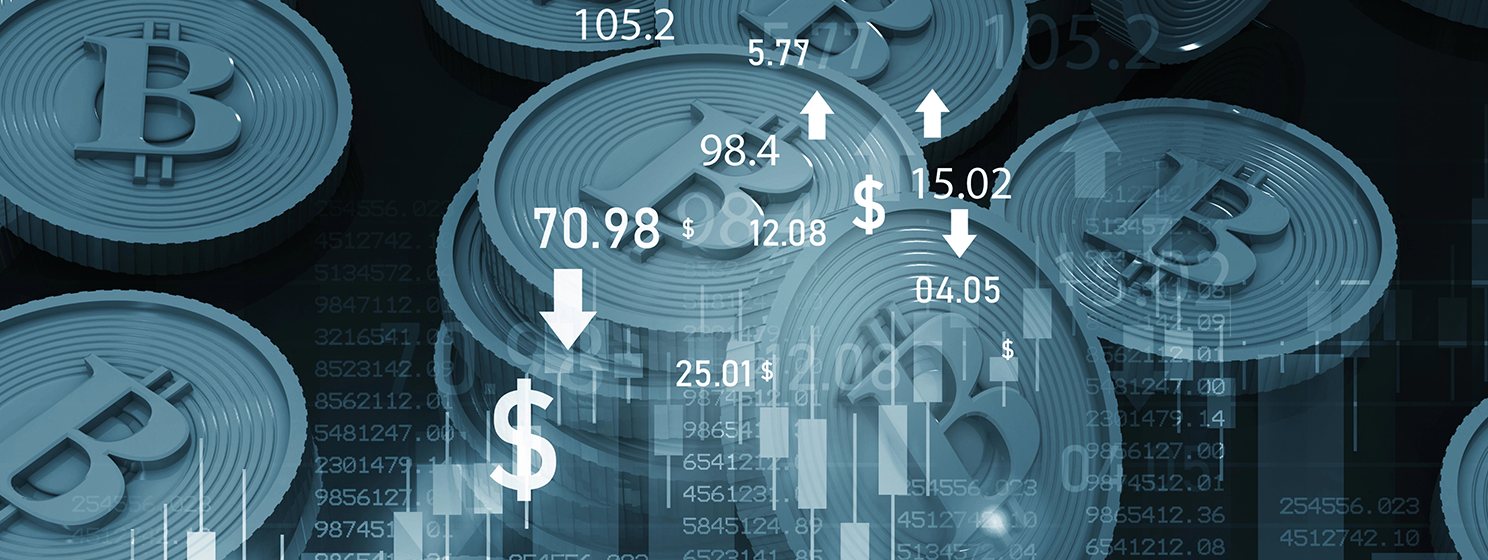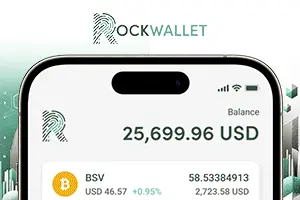|
Getting your Trinity Audio player ready...
|
Back in the 1960s, French Finance Minister Valéry d’Estaing once referred to the United States’ ability to issue the world’s reserve currency as an “exorbitant privilege.”
What did he mean by that? Being the reserve currency issuer has allowed the U.S. to borrow cheaply, run trade deficits indefinitely, and dominate global finance virtually unchallenged for the better part of a century.
Yet, there’s a flip side; few consider the costs of having the world’s reserve currency. In this article, we’ll look at those costs, how they drive geopolitics and economics today, and whether there could be an alternative to the almighty USD.
The birth of the dollar’s dominance—Bretton Woods
In July 1944, the Allies, led by the United States, designed a new financial system at Bretton Woods. According to the terms, the U.S. dollar would be pegged to gold at $35 per ounce, and all other currencies would be pegged to the dollar.
However, not everyone in attendance favored this system. Aside from the Soviet Union, which openly opposed it, economist John Maynard Keynes thought it was flawed and offered an alternative: the bancor. This was to be a supranational currency, not issued by any specific country, that would be used only for international trade.
Keynes also proposed the creation of a global institution called the International Clearing Union (ICU) to handle trade balances, a set of rules to penalize those running persistent trade surpluses, a mechanism to adjust and stabilize exchange rates, temporary overdraft facilities for countries to use, and national currencies would be pegged to the bancor.
However, it wasn’t to be. Due to its leverage, namely gold and industrial might, the United States’ proposal won out; the rest is history.
Triffin’s dilemma means guaranteed instability
While the USA gained many advantages from having the global reserve currency, there are always tradeoffs in economics. Having a national currency act as the reserve currency introduces Triffin’s dilemma, named after Robert Triffin, who introduced it in the 1960s.
Triffin’s dilemma means that the United States has to run trade deficits to supply the world with dollars to use for reserves and trade. However, doing so guarantees long-term instability by undermining confidence in the USD’s value.
In short, the world needs lots of dollars to trade with, so to provide liquidity, the USA runs trade deficits (exporting dollars). However, persistent U.S. deficits undermined confidence in the dollar in the long term as foreign countries began to doubt gold convertibility, which ended in 1971 with the Nixon Shock, or that the dollar would maintain its purchasing power.
The hidden price the USA has paid
While having the world’s reserve currency allows the USA to dominate global finance and borrow cheaply, this comes at a cost. The financialization of the American economy, rising levels of personal, corporate, and public debt, and the hollowing out of the American manufacturing base are just some of the downsides. The consequences of all of this can be seen very clearly today.
As this system enters its later stages, political destabilization increases, and populism rises. The anti-globalization nationalist movements and the trade war with China are some signs that the system is breaking down and is no longer serving a large segment of the American people. The U.S. record debt levels and the interest paid on them are also becoming an unavoidable fiscal and political problem.
But let’s not forget the benefits
Of course, having the world’s reserve currency comes with lots of benefits. If it were all downsides, the U.S. never would have agreed to it in the first place.
The main benefit is being able to borrow at low rates. Global demand for USD and Treasuries means the U.S. can borrow at lower interest rates than almost any other country. Economists correctly say the USA has the strongest companies and the biggest consumer market, but both are due, in part, to the low interest rates that finance both.
Having the reserve currency also means that U.S. imports are cheaper. This increases the standard of living, allowing Americans to buy an abundance of goods from all over the world at a relatively affordable price. The goods may not be made in America, but they are cheaper, and most of the people who lost their manufacturing jobs have been absorbed into other, higher-paying industries further up the value chain.
It also allows Wall Street to dominate global finance. Much of the surplus other countries earn by trading with America is recycled into Treasuries, corporate bonds, equities, and other assets. Essentially, America buys goods with cheap credit, and the world recycles the profits back through Wall Street, allowing it to dominate the global financial industry.All of this combined gives the United States unrivaled geopolitical leverage. In addition to political power and influence, it can sanction enemies via SWIFT and even seize their USD central bank reserves.
So, we could say having the global reserve currency is a Faustian bargain with tremendous advantages and costs. Nonetheless, it’s an advantage many countries would grab in a heartbeat.
Signs of stress—de-dollarization and rivals
It’s no secret that the USD system is under stress: the President of the United States has said so. While America’s 47th President doesn’t say it directly, he has identified the trade deficits as unsustainable and has expressed a desire to close them and deal with the debt.
Other signs that the monetary order is under stress include de-dollarization, with oil contracts in yuan with BRICS nations pushing de-dollarization, digital currencies like Bitcoin and Ethereum offering alternatives, and the financial position of the United States itself; few would call it good.
Of course, this is somewhat inevitable; no reserve currency has lasted forever. While the USD is ubiquitous and could not be abandoned without anything short of a new Bretton Woods convention, there are increasing numbers of competitors and calls for independence from the American system, and there’s increasing concern about the financial and political stability of the USA itself.
Scalable Bitcoin could potentially act as a new bancor
Where does all of this leave us? Are we doomed to go from one reserve currency to the next, burning through one monetary system after another with inevitable turbulent transitions as they come to an end? Not necessarily.
It’s worth considering how Bitcoin (the scalable version) could be an alternative to Keynes’ bancor idea. It has the following qualities to make it suitable:
- It’s neutral, not tied to any particular nation-state.
- The limited supply of 21 million means it is truly sound money.
- It’s decentralized, governed by a fixed protocol and distributed nodes.
This means that Bitcoin cannot be manipulated for political advantage by any nation-state and cannot be debased.
Bitcoin could also act as an automated version of Keynes’s International Clearing Union: countries with persistent deficits would simply run out of Bitcoins. Likewise, countries that ran persistent surpluses would be incentivized to spend them or face deflationary pressures (HODLing would not be good). Essentially, this means a Bitcoin-based monetary order would have market-driven self-corrective rules that balance trade.
Unlike the current system, which the United States can wield as a political weapon, Bitcoin transactions cannot be controlled by any one party. There’s no need for correspondent banking networks and the power they put in the hands of a few elites; transactions are peer-to-peer, and anyone can participate. Bitcoin would also avoid Triffin’s Dilemma by eliminating the need for any country to supply it. It could serve as a neutral, apolitical, sound unit of account for international trade used by central banks, corporations, and people.
However, to serve this purpose, Bitcoin must scale. BTC’s throughput capacity of seven transactions per second won’t cut it, and second-layer solutions like the Lightning Network destabilize the economics of the system and introduce security vulnerabilities. Scalable versions, such as BSV, allow central banks and corporations to use it for settlements while making retail payments, remittances, and micropayments possible.
This is not to say Bitcoin is the sole answer or that the current dominant player would allow it without a fight. However, should the world look to the scalable electronic cash system Bitcoin was designed to be rather than the quasi-investment it has become, it could be a part of a potential solution to the current system’s woes and could act as a neutral currency in the style of Keynes’s bancor but with many other features, he couldn’t have imagined back in 1944.
Watch | Mining Disrupt 2025 Highlights: Profitable trends every miner should know

 12-13-2025
12-13-2025 





